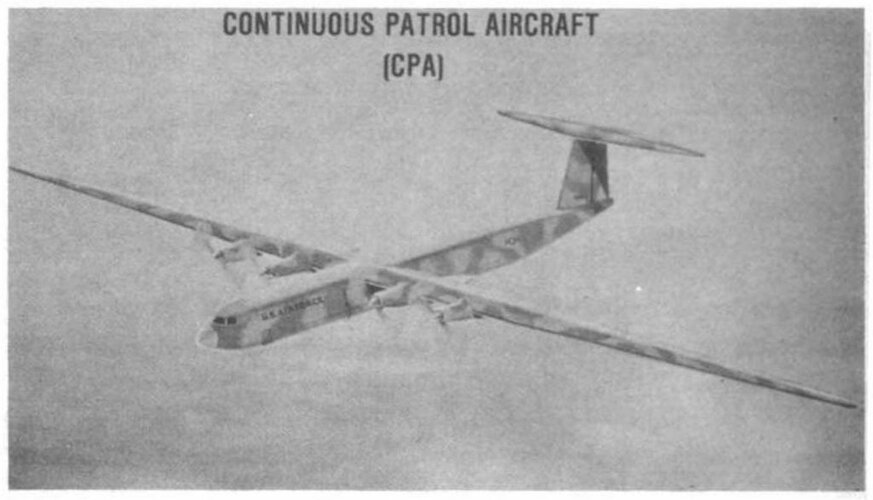ChuckAnderson
ACCESS: Confidential
- Joined
- 10 May 2006
- Messages
- 188
- Reaction score
- 45
Hi Everyone!
I'm looking for information (3-views, artists conceptions, etc.) of a certain aircraft design I recall seeing in Aviation Week in the late 70's to early 80's.
I believe it was a design for an ICBM (MX) airborne launcher.
It was a large, propeller-driven aircraft, with a wingspan of maybe three hundred (300) feet, and four diesel engines, each driving a large 2-bladed propeller.
Any information anyone has on this unbuilt aircraft will be most welcome!
Chuck
I'm looking for information (3-views, artists conceptions, etc.) of a certain aircraft design I recall seeing in Aviation Week in the late 70's to early 80's.
I believe it was a design for an ICBM (MX) airborne launcher.
It was a large, propeller-driven aircraft, with a wingspan of maybe three hundred (300) feet, and four diesel engines, each driving a large 2-bladed propeller.
Any information anyone has on this unbuilt aircraft will be most welcome!
Chuck







